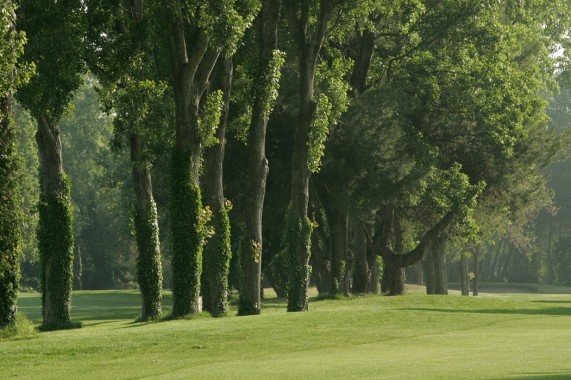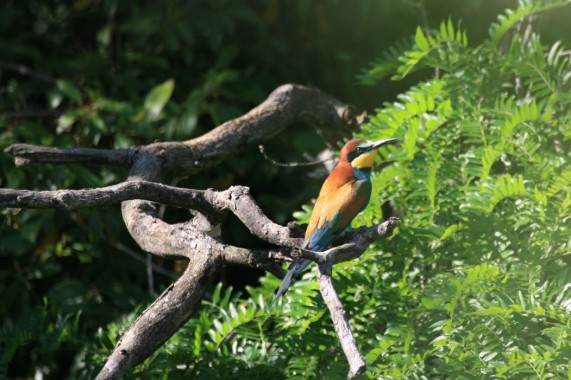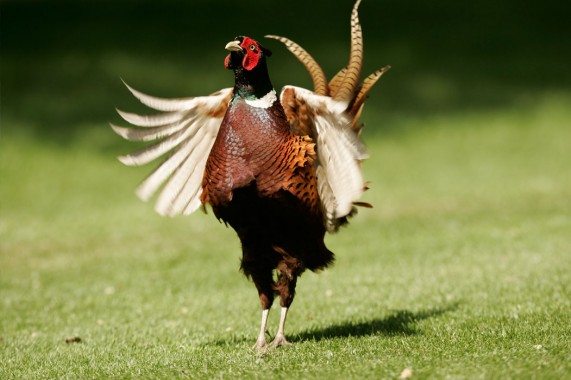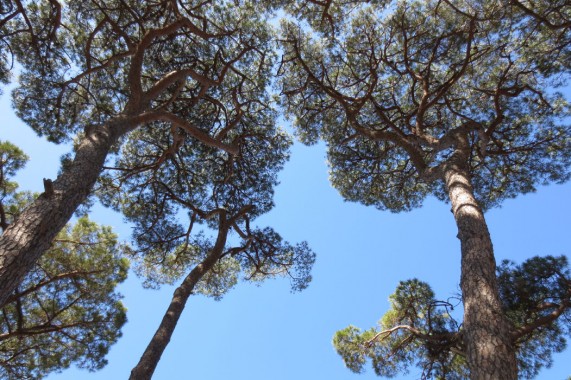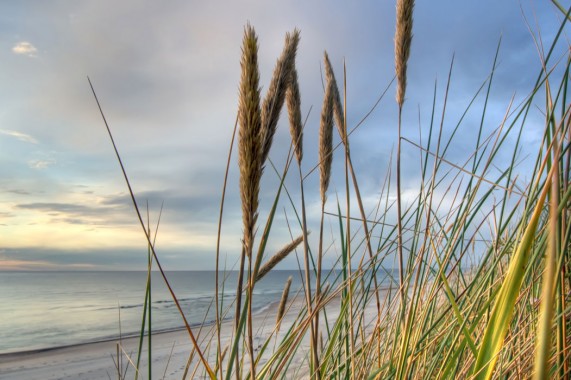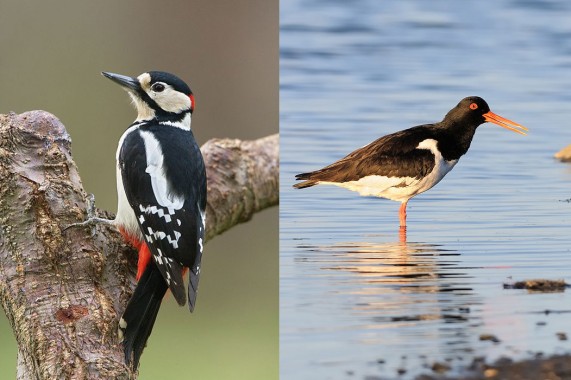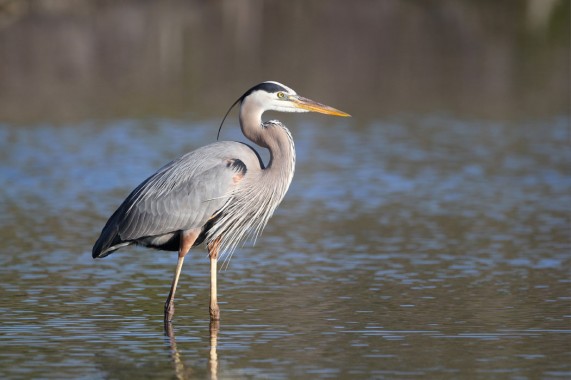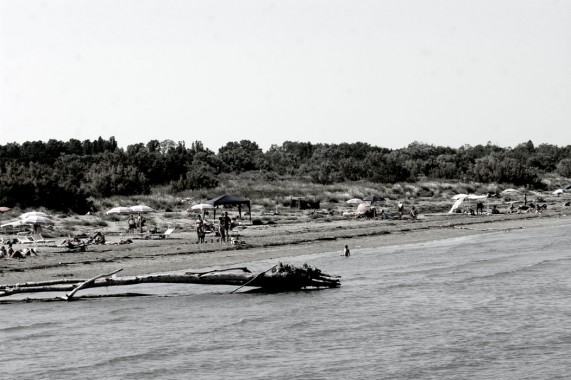- Italiano
- English
This environment had fascinated the pre-romantic spirit of J. W. Goethe in his travels to Italy. After a gondola ride from Venice to the Lido, during a walk on the beach, he described the island with these words: “On the sea beach I found several plants whose similar characteristics have given me a better understanding of their properties. They are all at the same time succulent and sturdy, juicy and strong like alpine plants. It is clear that the ancient salt of the sandy soil, and still more the salty air, give them these properties“.
